Full Sun Aquatic Plants - Full Sun Floating Pond Plants
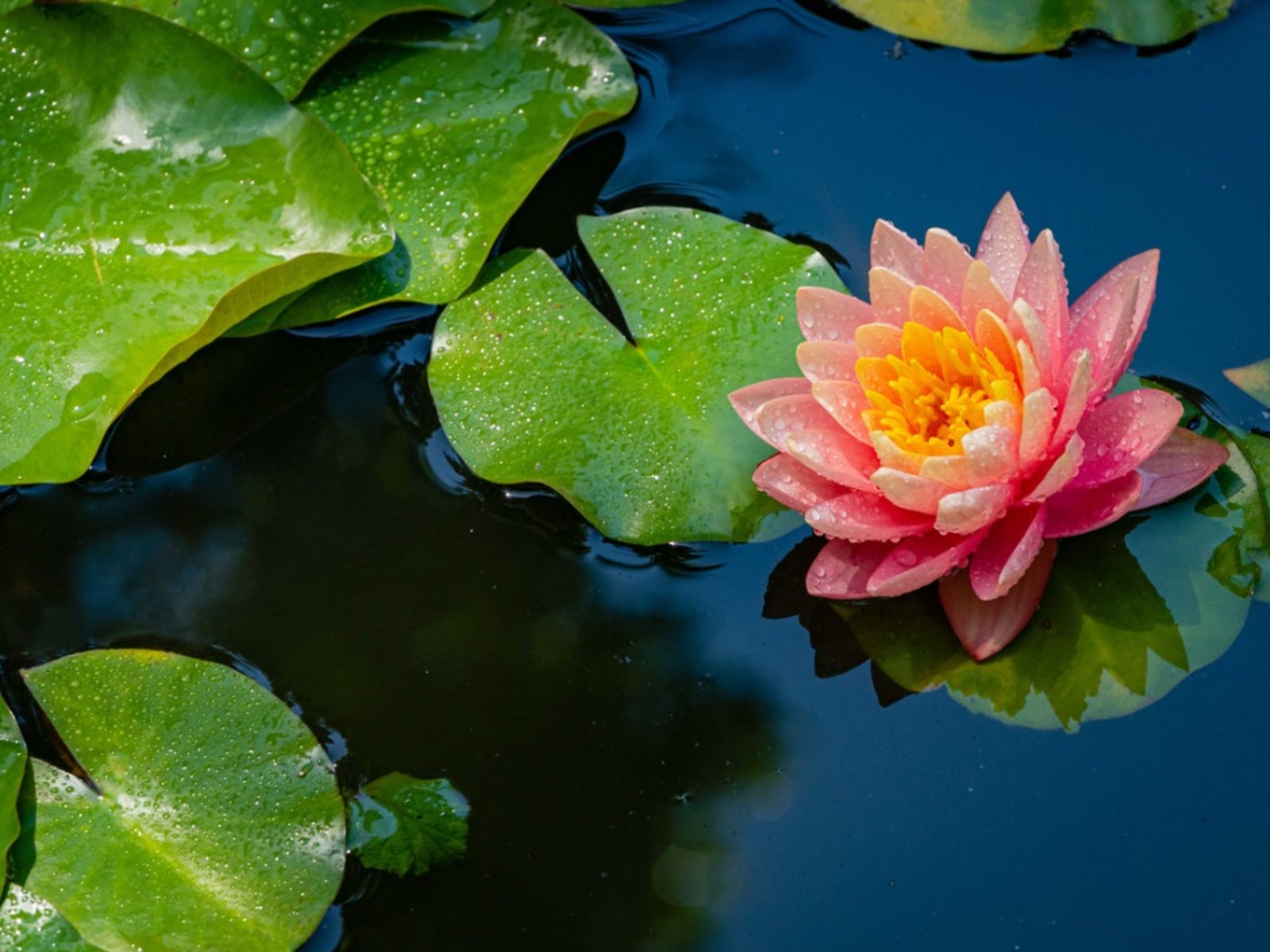

There are pros and cons to putting a pond in full sun. A perfectly situated garden pond will have a little bit of shade with some full-sun areas. This gives you a chance to put in some full sun plants around pond margins and floating right in the water. Here are some ideas to get you started.
Can a Pond Be in Full Sun?
Many people picture a perfect pond ringed by weeping willows and other trees that provide some shade. Ideally, a garden pond will have a mix of sun and shade. Between four and six hours of full sun should be fine.
The right balance of sun and shade makes for a healthy pond for a few reasons. Fish benefit from some cooling shade. A little shade will also keep algae growth under control. Too much sun, and it will take over. You can also find a mix of shade and sun plants to grow in your pond if you have both.
Full Sun Aquatic Plants
For the sunnier areas of your pond, there are plenty of options. Use plants around the edges of the pond, but also select some full sun floating pond plants. These will make your pond more attractive and help keep out algal growth.
- Water Lily. Water lilies thrive in sun. They also help solve some of the problems associated with a full-sun pond. Their flat leaves provide shade for fish and outcompete algae.
- Lotus. Lotus plants also float on the pond and enjoy full sun. They’ll provide gorgeous, large blooms for the surface of the pond.
- Iris. Irises love full sun too, and they tolerate some soggier soil. Plant them around the edges of your pond for spring and early summer color.
- Rushes. Several types of grass-like rushes will grow around the edges of a pond in full sun, creating habitat for wildlife. Try needle spikerush and corkscrew rush.
- Pitcher Plant. This is a unique carnivorous bog plant many gardeners overlook. It will grow well on the sunny, wet margins of a pond.
- Taro. Also known as elephant ears, this tropical plant grows well along pond margins. It can be submerged in water as long as the leaves are above the surface.
- Canadian Pondweed. For a submersible plant that enjoys full sun, try Canadian pondweed. It helps control algae by removing nutrients from the water.
- Azolla. This unique plant is a floating fern. It’s green, like most ferns, but when grown in full sun will turn pink to red. This is not native to North America and may be considered invasive. Keep it out of ponds connected to other waterways.
Gardening tips, videos, info and more delivered right to your inbox!
Sign up for the Gardening Know How newsletter today and receive a free copy of our e-book "How to Grow Delicious Tomatoes".

Mary Ellen Ellis has been gardening for over 20 years. With degrees in Chemistry and Biology, Mary Ellen's specialties are flowers, native plants, and herbs.
-
 Try The Trend – Turn Any Bed Into A Keyhole Garden With This Clever In-Ground Composter
Try The Trend – Turn Any Bed Into A Keyhole Garden With This Clever In-Ground ComposterKeyhole gardening is an efficient and sustainable practice that saves space. Get started on this DIY project quickly and easily with an in-ground composter.
By Bonnie L. Grant
-
 4 Superfast Composting Methods: Turn Waste Into Garden Gold In 30 Days Or Less
4 Superfast Composting Methods: Turn Waste Into Garden Gold In 30 Days Or LessTry the fastest composting methods to turbocharge your pile and transform kitchen scraps and garden waste into finished compost in just a few weeks.
By Mary Ellen Ellis
-
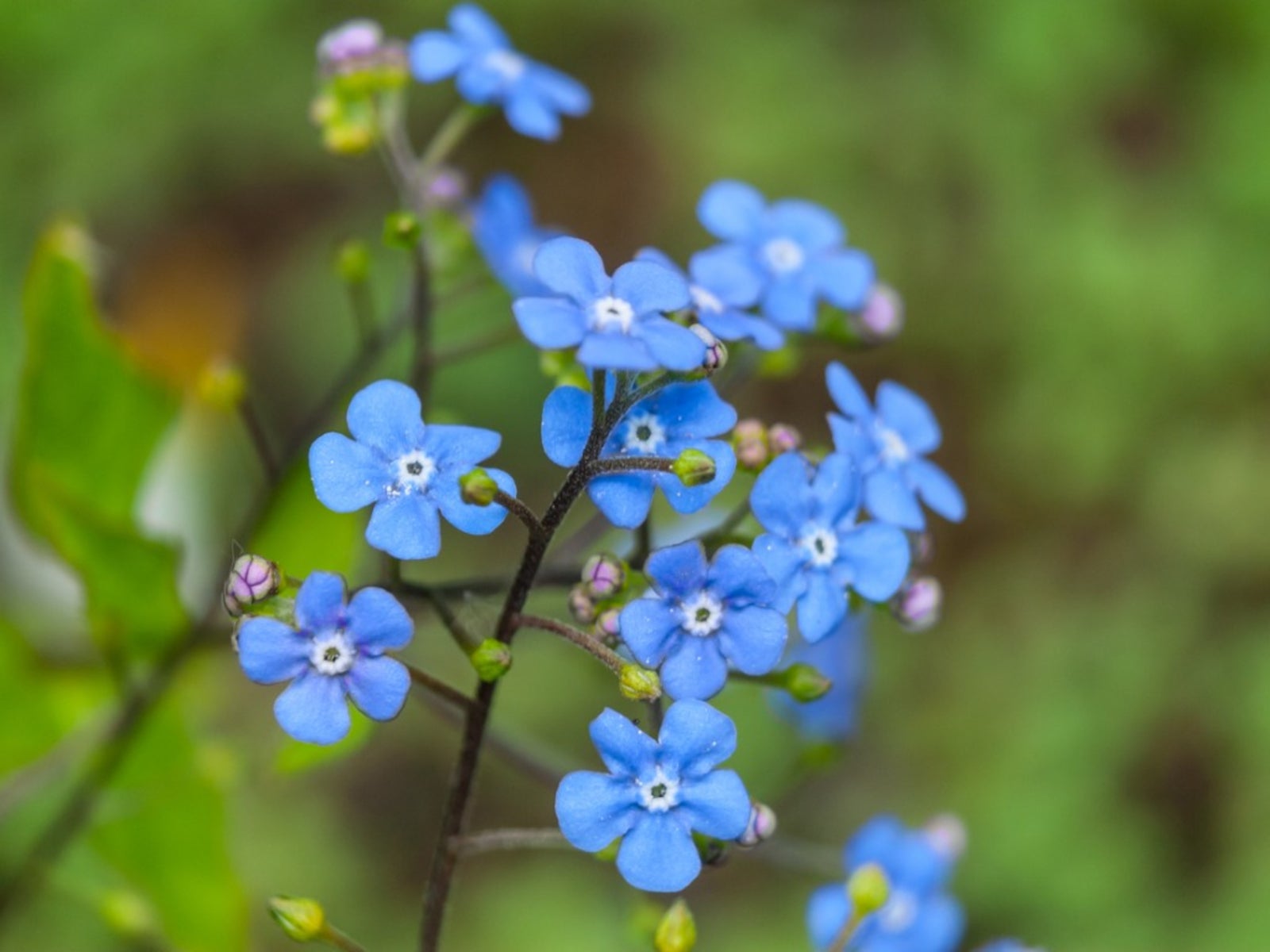 Flowering Pond Plants - Growing Aquatic Flowers
Flowering Pond Plants - Growing Aquatic FlowersAdding flowering pond plants to natural and manmade water features can be an easy way to quickly beautify a space with lush greenery and vibrant bursts of seasonal color. Read on for more.
By Tonya Barnett
-
 Echinodorus Creeping Burhead – Information On Creeping Burhead Plant Care
Echinodorus Creeping Burhead – Information On Creeping Burhead Plant CareCreeping burhead plants are members of the water plantain family and commonly used in freshwater aquariums or outdoor fishponds. Echinodorus creeping burhead is native to the eastern half of the United States. To learn more about the creeping burhead plant click the following.
By Laura Miller
-
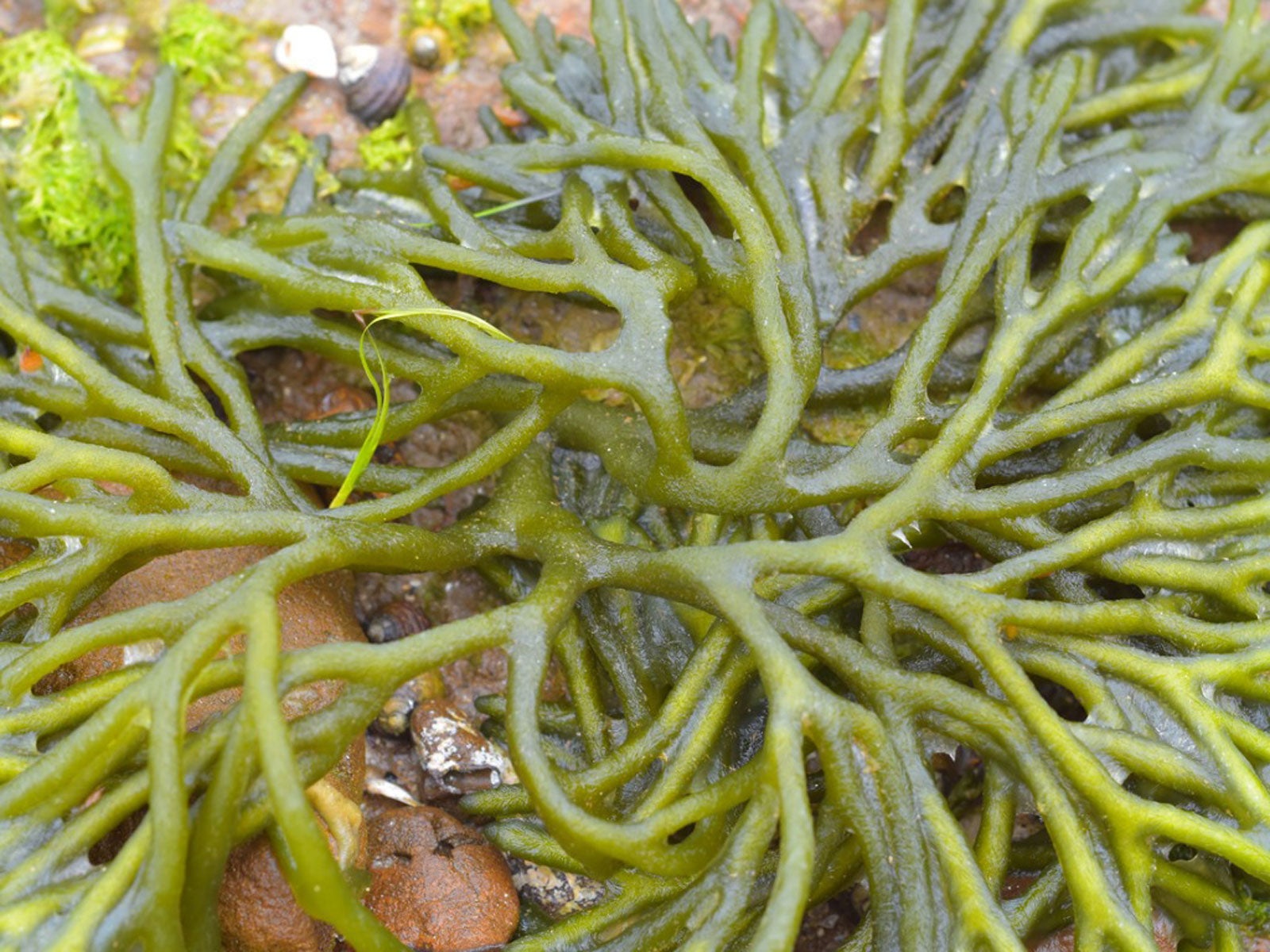 What Is A Saltwater Aquarium: Plants For Saltwater Aquariums
What Is A Saltwater Aquarium: Plants For Saltwater AquariumsBuilding and maintaining a saltwater aquarium requires some expert knowledge in choosing the right plants. Here are some choices to start with.
By Mary Ellen Ellis
-
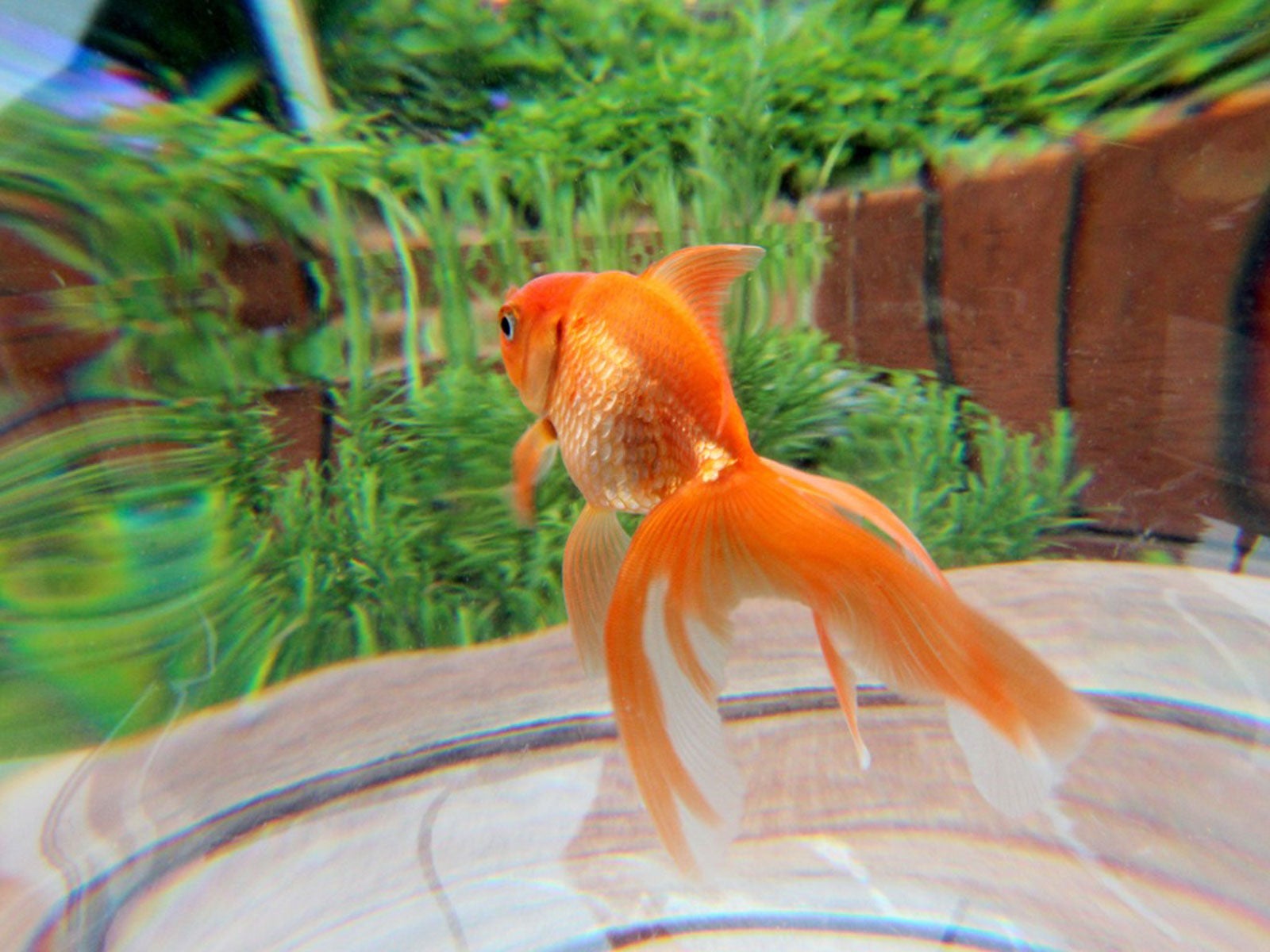 Outdoor Aquarium Ideas: Putting A Fish Tank In The Garden
Outdoor Aquarium Ideas: Putting A Fish Tank In The GardenAquariums are generally made for inside the house, but why not have a fish tank outside? Click here for tips and ideas on backyard aquariums.
By Mary Ellen Ellis
-
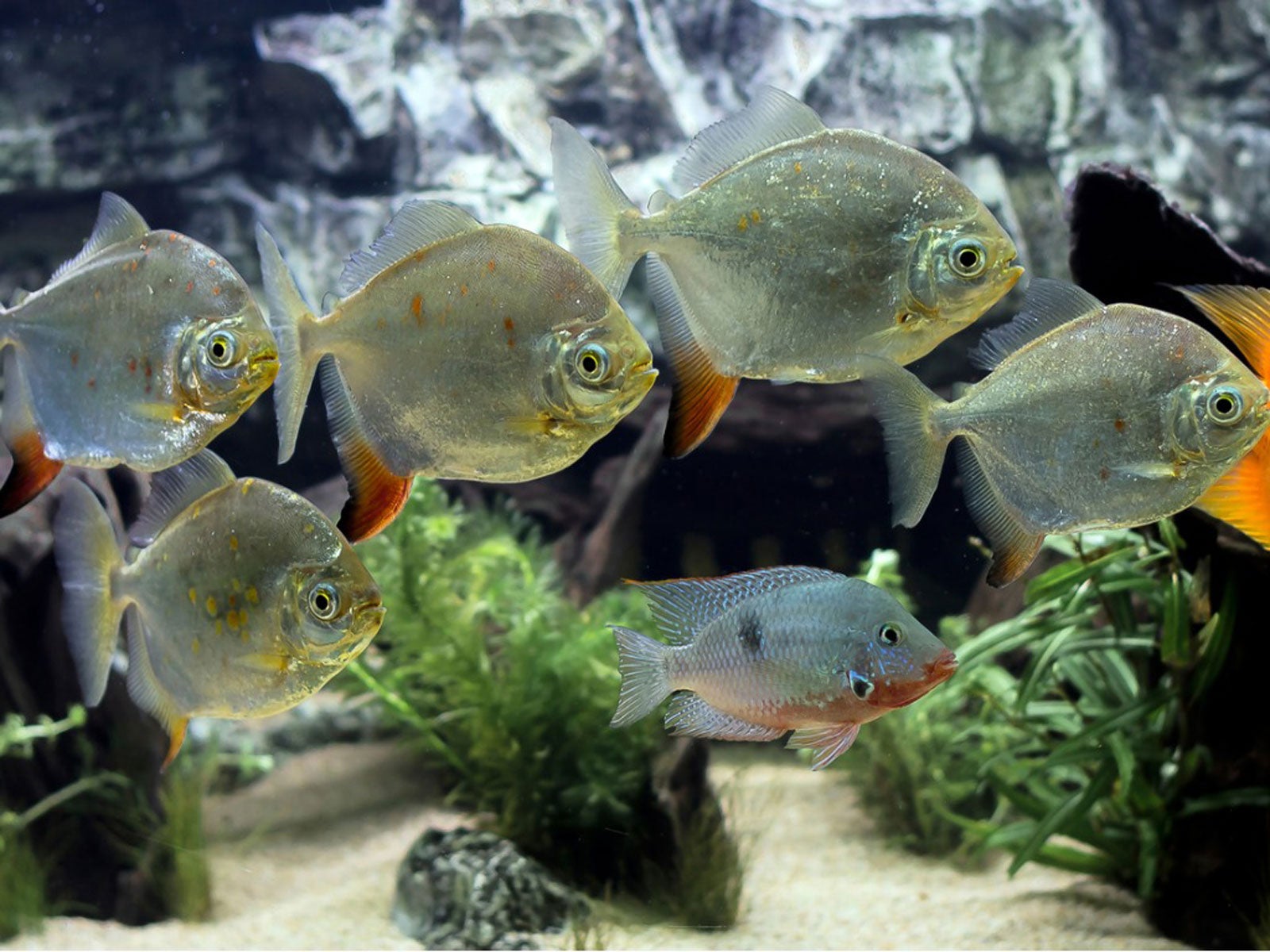 Fish That Eat Plants – Which Plant Eating Fish Should You Avoid
Fish That Eat Plants – Which Plant Eating Fish Should You AvoidGrowing plants with aquarium fish is rewarding, but if you want to combine plants and fish, learn what aquarium fish to avoid. This article will help.
By Mary H. Dyer
-
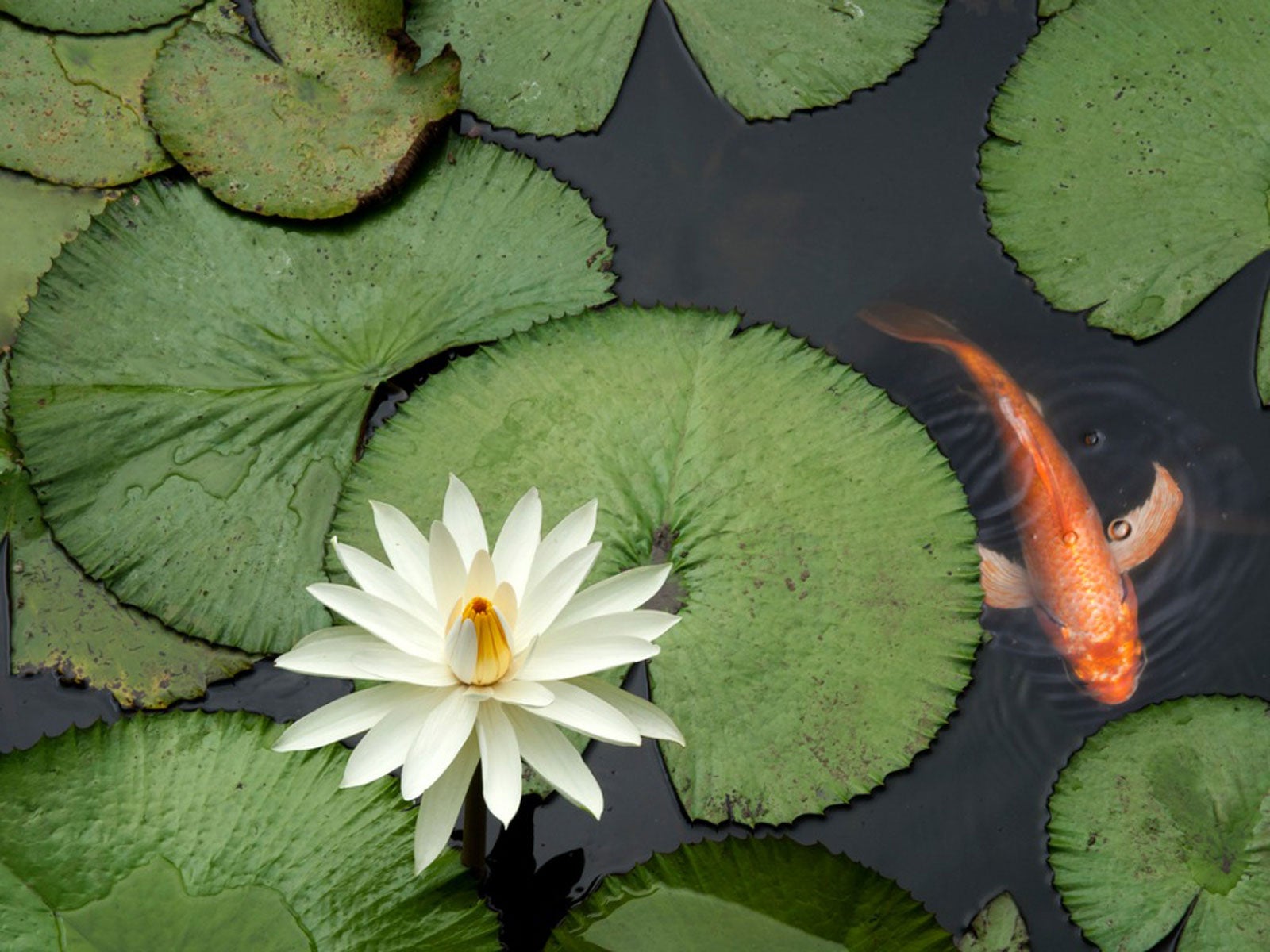 Is Pond Fertilizer Bad For Fish: Learn About Fish Safe Fertilizer
Is Pond Fertilizer Bad For Fish: Learn About Fish Safe FertilizerUsing fertilizer around fishponds must be done with care. Excess nitrogen causes algae, but can also contaminate the water and affect fish. Learn more here.
By Bonnie L. Grant
-
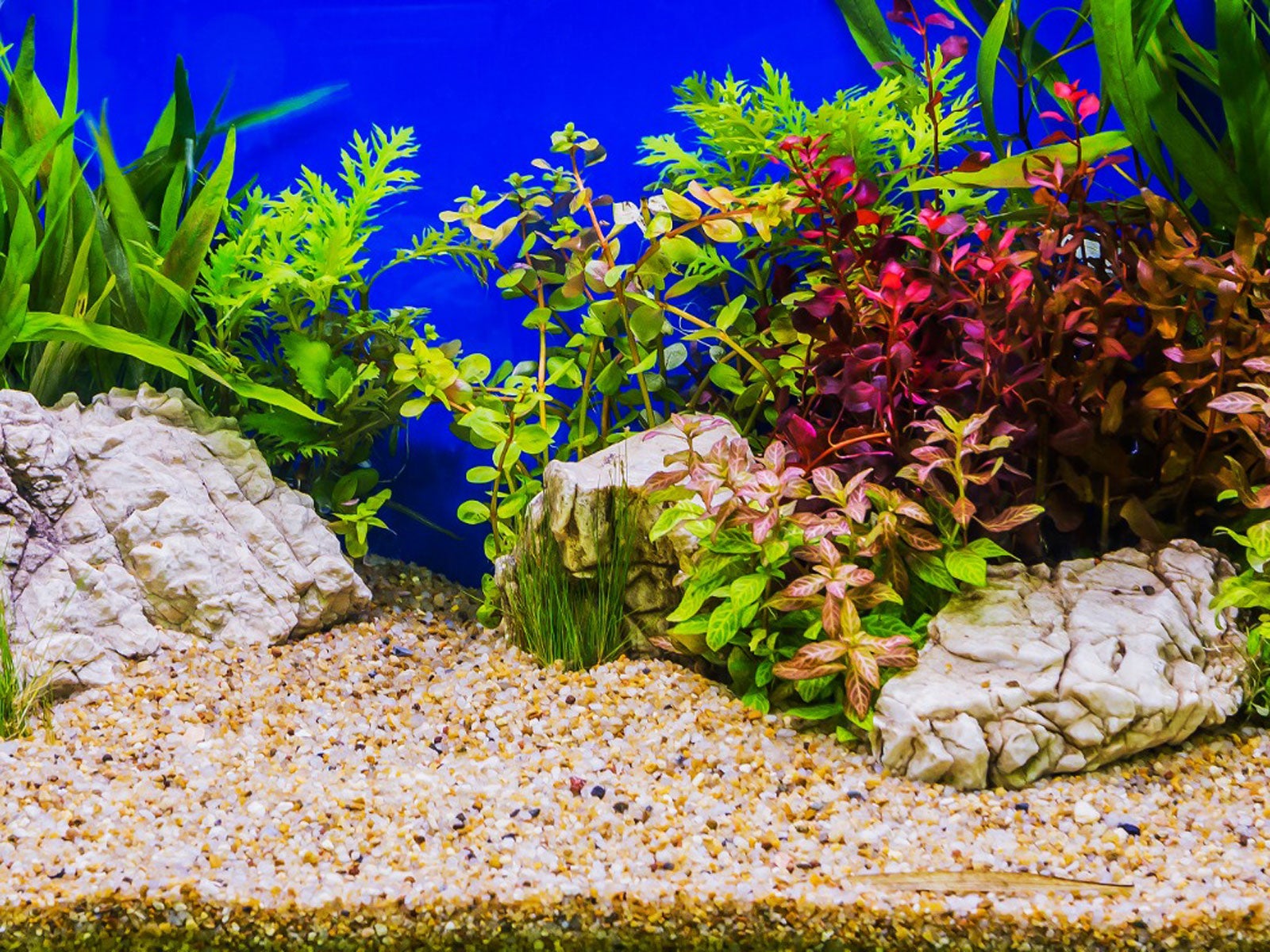 What Is Aquascaping – Creating An Aquarium Garden
What Is Aquascaping – Creating An Aquarium GardenAquatic gardening can be a rewarding endeavor, especially when aquascaping. Click this article to learn more about creating an aquarium garden.
By Nikki Tilley
-
 What Is Bubble Aeration: Learn About Pond Bubbler Systems
What Is Bubble Aeration: Learn About Pond Bubbler SystemsWithout proper care and maintenance, a pond can become a smelly, brackish pit and a breeding ground for mosquitos. The best way to keep a pond clean and odor free is with an aeration system. To learn about bubble aeration in ponds, click here.
By Mary H. Dyer